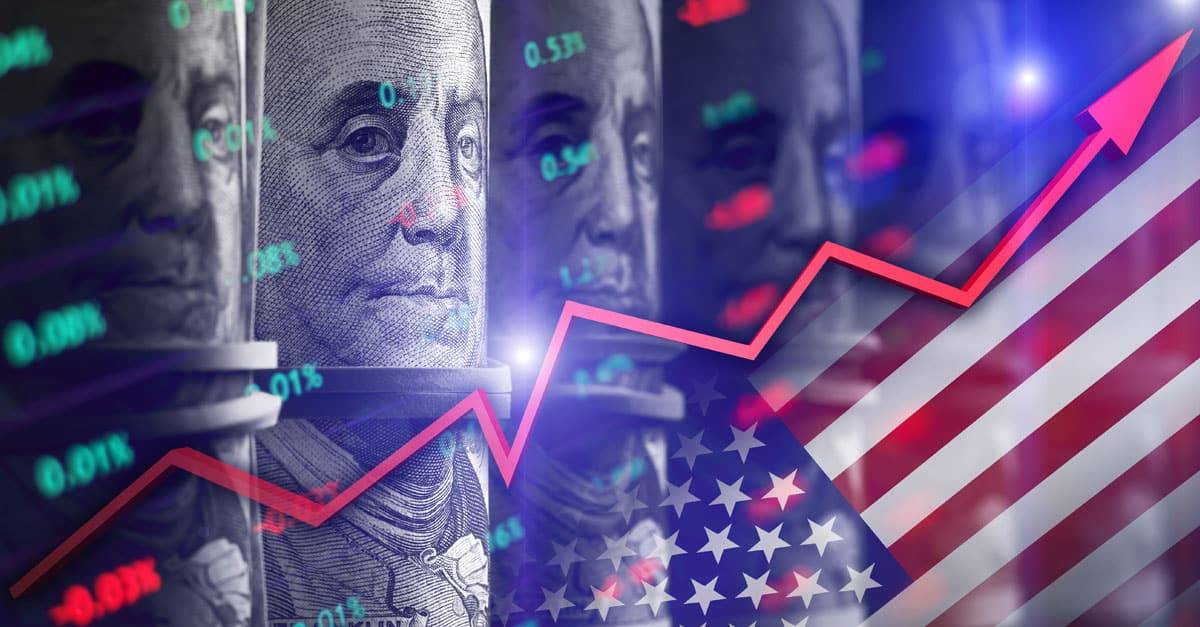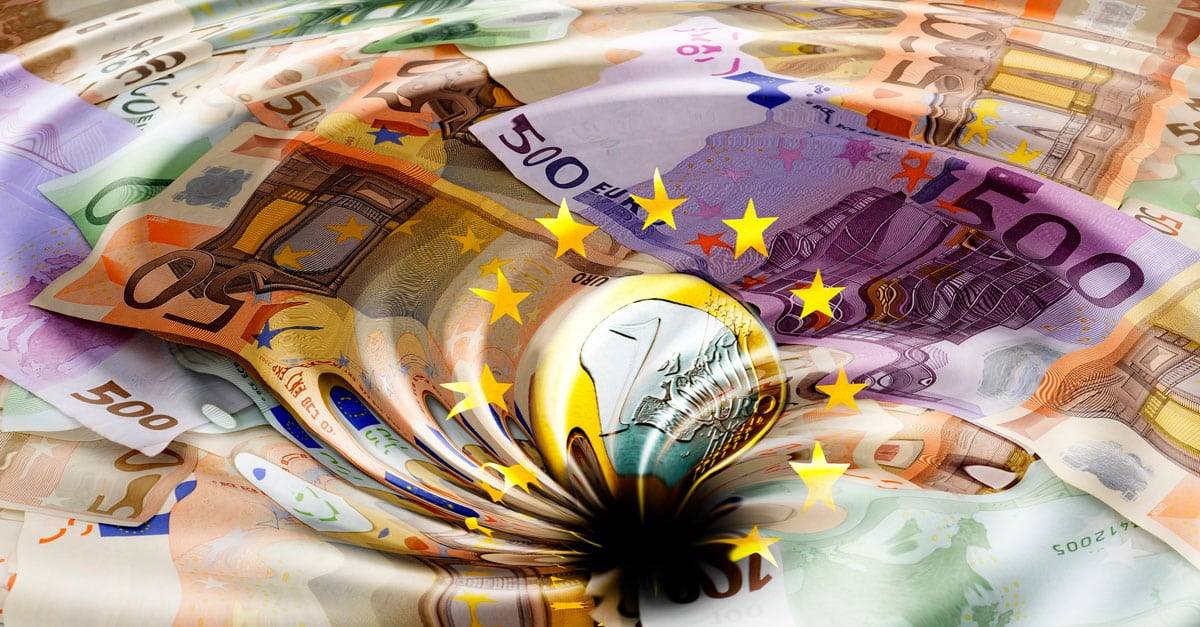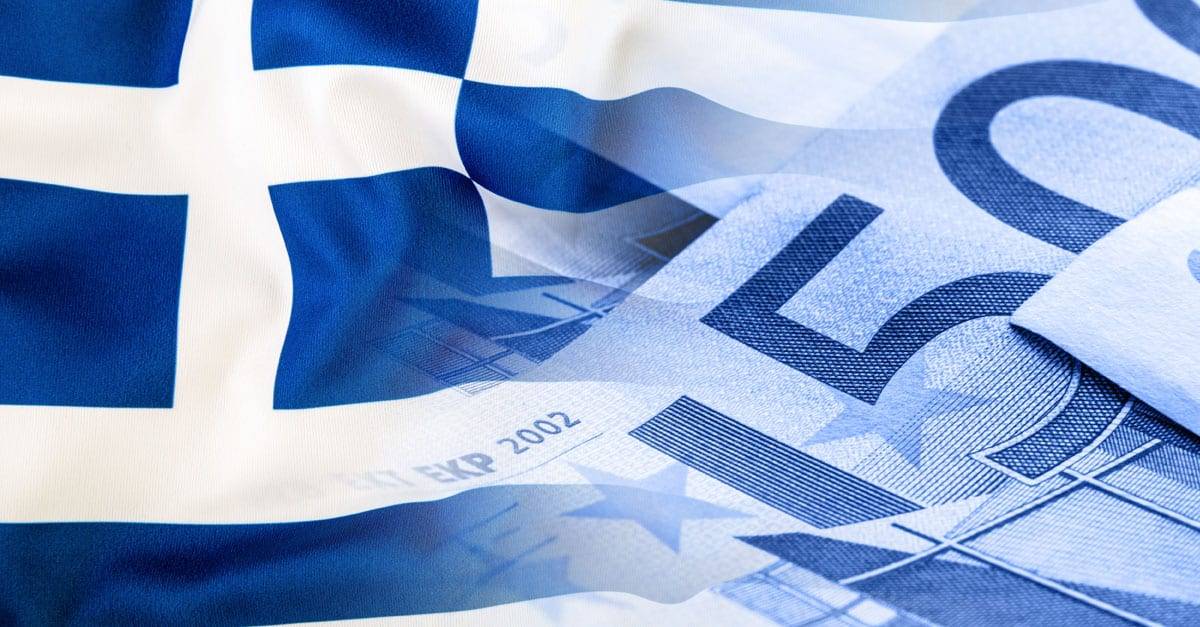The third quarter of 2018 marked the fastest quarterly expansion of the US economy in almost two years. This is further evidence that the economy is doing well despite the high interest rates and fears of a recession that were prevalent this time last year. Strong consumer spending drove the 4.9% annual gain in GDP, according to preliminary figures from the Bureau of Economic Analysis in the Commerce Department.
It was unexpected because this increase was the largest since 2021. The Fed’s most aggressive attempt to tighten monetary policy in decades immediately preceded this event. Since March, interest rates have been raised by the central bank 11 times, to a range between 5.25 and 5.5%. They did this to dampen economic activity and curb inflation.
Consumption – the big engine of the US economy right now
Consumer spending has been a major contributor to the U.S. economy’s robust performance so far. Consumer spending drove the majority of economic growth in the third quarter and was responsible for more than half of the annual expansion. Since there are plenty of accessible jobs, consumers feel secure making more purchases.
“Consumers have spent more because of the huge increase in jobs”, Cathy Bostjancic, head economist at Nationwide, told the Financial Times. In addition, the fact that people thought they had enough money “reinforced” this trend. “Balance sheets look in very good shape, equities in general are performing very well, house prices are very high, and even if you don’t have any assets, you have this pandemic-related pool of savings,” she says.
Growth in both products and services contributed to an annual increase in consumer spending of 4% during the period, up from 0.8% in the previous quarter. Spending on business inventories, which is notoriously erratic, also contributed significantly to the third-quarter uptick. Economists, however, anticipate a quarterly fall beginning in the fourth quarter.
Wage growth has slowed, but it’s still above inflation, which is good news because it means people can buy more stuff. Although wages were up in the fourth quarter, after-tax household income went down by 1% because of higher personal taxes. As a result, shoppers are dipping into their savings to cover some of their monthly expenses.

A slowdown for the US economy is coming – the question is, when exactly?
Bostjancic, like other economists and policymakers, predicts a slowdown as the economy adjusts to the increased borrowing costs brought on by the Federal Reserve’s past rate hikes. There are numerous indications that consumers’ influence is dwindling. Economists estimate that the additional money that has been saved due to the pandemic is worth more than $2 trillion.
Also, companies are being more careful. Greg Dacko, chief economist at EY-Parthenon, believes that the U.S. economy, which did so well in the third quarter, is about to give out.
“All of the positive factors that affect consumer spending were quite strong over the summer, but in the past few months, we’ve seen some of them weaken quite a bit, and we expect others to weaken even more,” he says.
Some businesses may feel the need to cut costs because they have to deal with higher debt service costs and less work. This could start a chain reaction that makes prices go down even more.
US Treasury Secretary Janet Yellen hailed Thursday’s report as an example of the resilience of the US economy. However, she reiterated that the possibility of growth slowing by the end of the year is high. “It’s a good, strong number and it shows an economy that’s doing very well,” Yellen said during a discussion hosted by Bloomberg TV in Washington. “Let’s remind ourselves that this is a number for just one quarter and I don’t expect growth at this pace to continue,” she explained for CNN.
Analysts say one of the main reasons for the expected contraction is a declining savings rate and the resumption of student loan repayments in October. Economists report that the resumption of payments equates to roughly $70 billion, or about 0.3 percent of disposable personal income. Thus, reducing spending seems logical.
Another potential problem is that the savings that have accumulated during the pandemic are already beginning to run out. Some sectors of the economy have been affected by the rise in interest rates, especially property. Existing home sales fell to their slowest pace in 13 years in September as mortgage rates rose.
Most experts now think that U.S. real GDP growth will drop to 0.8% next quarter, which is more than 4 percentage points lower than the third-quarter rate. It will then hit a low point of 0.2% in the first three months of 2024. Ian Shepherdson of Pantheon Economics may be wrong, but he thinks growth could drop as low as zero next quarter.
But there is a lot more disagreement about whether the US economy will ever go into recession. There were “no signs of a recession,” according to Treasury Secretary Janet Yellen, but she did say that the growth rate from the previous quarter probably wouldn’t happen again. Fed Chair Jerome Powell also noted that a “soft landing” was still possible.
People didn’t think the U.S. economy would grow so quickly, but it has, thanks to strong consumer confidence and spending. Still, the future is fuzzy, full of possible problems and upcoming changes. To keep things stable and get around the coming headwinds, the path forward requires smart policy choices and strategic navigation. This will set the stage for a more complex economic picture in the months to come.












